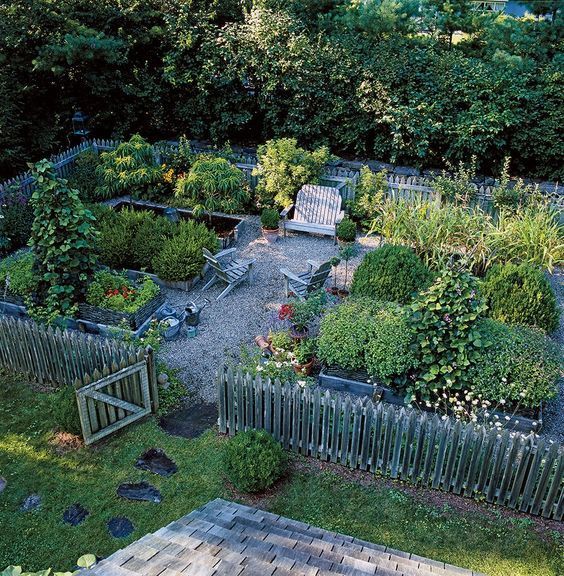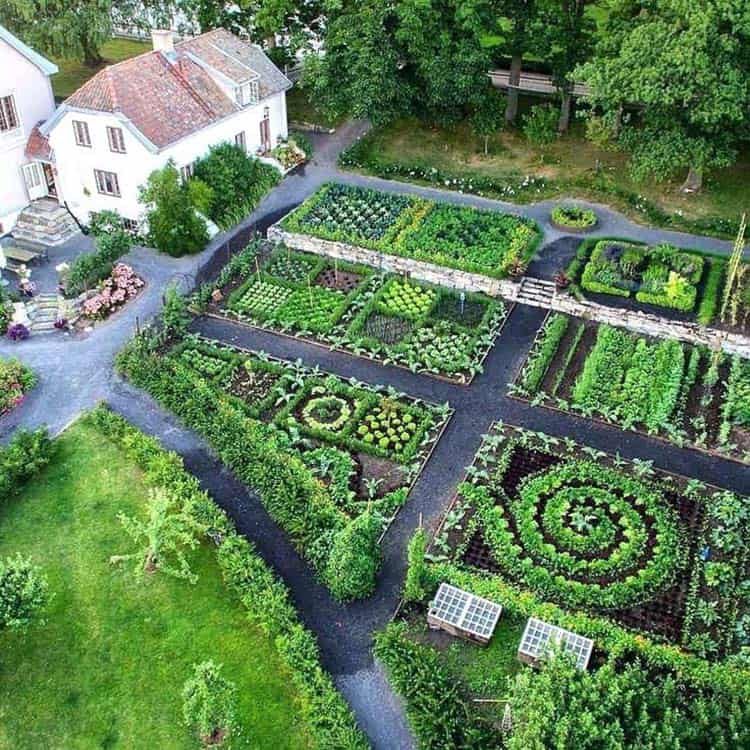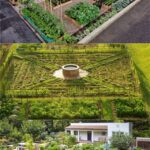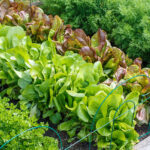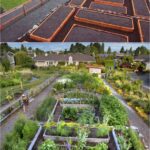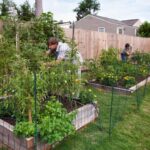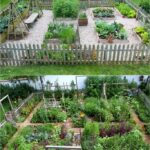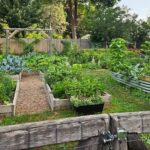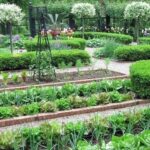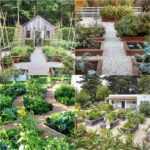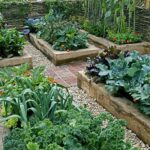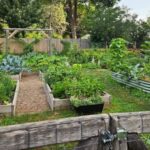When it comes to designing a vegetable garden, there are a few key elements to keep in mind in order to create a successful and productive space for growing your own produce. One important factor to consider is the layout of the garden. It is important to plan the layout in a way that maximizes sun exposure and allows for easy access to all areas of the garden for planting, weeding, and harvesting.
Another important aspect of designing a vegetable garden is selecting the right types of vegetables to grow. It is important to consider the climate and soil conditions in your area when choosing which vegetables to plant. Some vegetables thrive in cooler temperatures, while others require warmer conditions. It is also important to consider the space available in your garden and choose vegetables that will grow well in that particular environment.
In addition to choosing the right vegetables to plant, it is also important to consider how to care for and maintain your garden. Proper watering, fertilizing, and pest control are all essential components of successful vegetable gardening. It is important to regularly inspect your plants for signs of disease or pests and take action immediately to prevent any issues from spreading.
In order to maximize space and increase productivity in your vegetable garden, consider planting companion plants that work well together. Companion planting involves planting vegetables that benefit each other in some way, such as repelling pests, providing shade, or improving soil quality. This can help to increase yields and improve the overall health of your garden.
Another important aspect of vegetable garden design is incorporating sustainable and eco-friendly practices. Consider using organic methods of pest control, composting kitchen waste to create nutrient-rich soil, and using rainwater harvesting systems to water your garden. These practices not only help to protect the environment but also contribute to the health and productivity of your garden.
Overall, designing a vegetable garden requires careful planning and consideration of a variety of factors. By choosing the right layout, selecting the right vegetables, properly caring for your plants, utilizing companion planting, and incorporating sustainable practices, you can create a beautiful and productive vegetable garden that will provide you with fresh, homegrown produce for years to come.

